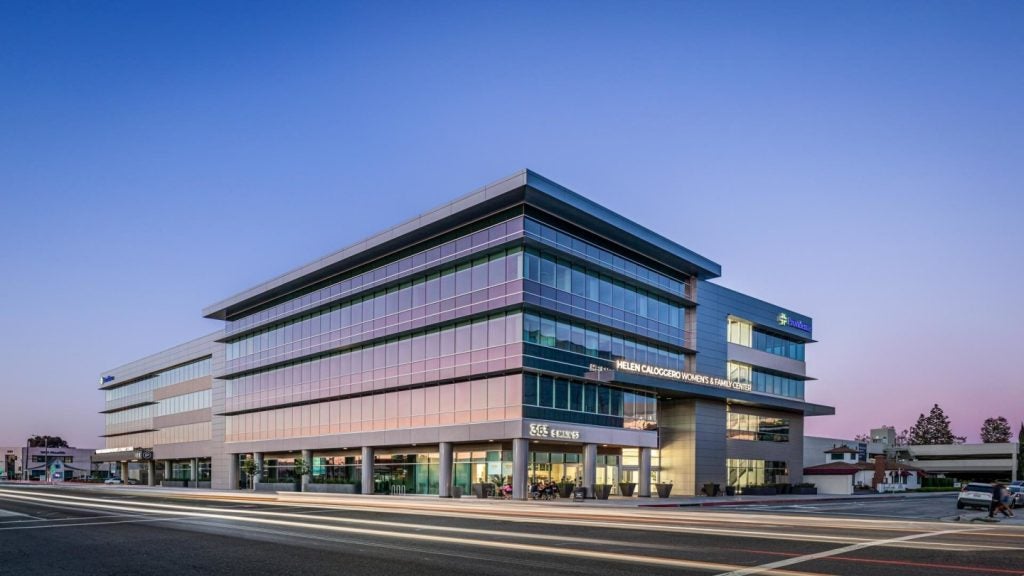The full range of medical imaging technologies, from macroscopic to microscopic, including molecular imaging, has become a core component of a large number of diagnostic procedures and therapeutic interventions in current clinical practice, as well as medical and biological research.
The vast majority of these procedures use digital image processing for the mathematical calculation of task-optimised images or visualisations from imaging device raw data. These images help physicians make a diagnosis or guide them when performing an intervention.
NEUROLOGICAL DISEASES
Understanding the function of the central nervous system is the key to the diagnosis and treatment of neurological diseases, such as the various types of dementia, epilepsy, palsies and attention-deficit / hyperactivity disorders.
Special variants of these techniques have been developed, such as:
See Also:
- Blood Oxygen Level-Dependent (BOLD) fMRI, for the non-invasive display of cerebral correlatives of cognitive function – for studying schizophrenia, for example
- Manganese-Enhanced Magnetic Resonance Imaging (MEMRI) for the early detection of brain ischemia
- Electroencephalography-correlated functional fMRI (EEG-fMRI) for localising epileptiform discharges in the brain
Even if the clinical value of these new imaging methods still needs further research, these methods provide fascinating tools for neuroscience and for the more accurate and early diagnosis of neurological diseases. A broad palette of digital image processing methods is required, including the geometric matching of images from different imaging modalities, mathematical correction of imaging artefacts, and 3D reconstructions and visualisation.
How well do you really know your competitors?
Access the most comprehensive Company Profiles on the market, powered by GlobalData. Save hours of research. Gain competitive edge.

Thank you!
Your download email will arrive shortly
Not ready to buy yet? Download a free sample
We are confident about the unique quality of our Company Profiles. However, we want you to make the most beneficial decision for your business, so we offer a free sample that you can download by submitting the below form
By GlobalDataCARDIOVASCULAR DISEASES
Imaging and image processing have gained increasing attention as ways of improving the prevention of cardiovascular diseases. For example, imaging technologies are helping improve the prevention of atherosclerosis, a systemic and, in many cases, severe illness, which is the cause of death for many Europeans.
Traditional risk factors such as lipid disorders and arterial hypertension do not reflect the pathophysiologic progression in an individual patient.
Medical imaging modalities and image processing methods displaying the morphology and function of the heart and blood vessels allow an assessment of preclinical data, which represent validated surrogate parameters of the atherosclerotic process and predictive information that goes beyond traditional risk factors.
At the same time, the concept of primary and secondary preventive strategies becomes feasible.
As far as interventions are concerned, a shift towards minimally invasive procedures has taken place as a result of recent advances in medical imaging and surgery techniques, which might ultimately result in completely endoscopic heart surgery.
TUMOUR DIAGNOSIS
A great variety of imaging technologies and image processing algorithms and systems have been developed to improve the diagnosis of tumours and the assessment of treatment outcomes in cancer patients. These include:
- Multimodal imaging of brain tumours with PET-CT
- Staging of gastrointestinal tumours using 3D endoscopic ultrasound
- Computer-aided diagnosis for lung and breast cancer
- High-quality liver tumour diagnostics using MRI and CT
- Skin surface microscopy for melanoma diagnosis
- In vivo autofluorescence spectroscopy for oral cancer
- Image-processing enhanced single-photon emission CT
- PET and PET-CT for the evaluation of colorectal carcinoma
- Virtual coloscopy generated by image processing from CT or MRI data for the early detection of colorectal cancer
The combination of functional and morphological imaging – PET and MRI for brain tumours, for example – which became possible with advances in image processing and the development of sophisticated co-registration methods show unexpected potential for improvements in diagnostics.
COMPUTER-AIDED DIAGNOSIS
During the past decade, so-called Computer-Aided Diagnosis (CAD) has become a major research area in medical imaging, diagnostic radiology and some other medical specialties, such as dermatology. The core goal of CAD is to provide a computer output as a second opinion to support the physician in image interpretation by improving the accuracy and consistency of radiological diagnosis and also by reducing the image reading time.
Possible applications for CAD in radiology include detecting and classifying lung nodules on digital chest radiographs, detecting nodules in low-dose CT, distinguishing between benign and malignant nodules in high-resolution CT, distinguishing between benign and malignant lesions, quantitative analysis of diffuse lung diseases on high-resolution CT, and detecting intracranial aneurysms in magnetic resonance angiography.
Because CAD can be applied to all imaging modalities, all locations and all kinds of examinations, it is likely that this exciting facet of digital image processing will have a major impact on medical imaging and diagnostics in the next few decades.
IMAGE-GUIDED RADIATION THERAPY
The technological revolution in imaging in recent decades has transformed the way image-guided radiation therapy is performed. Morphological imaging – radiography, CT and MRI – has greatly improved accuracy in defining target structures such as malignant neoplasms.
Together with the 3D image registration methods developed by image processing research – which allow the geometrical matching of datasets from different modalities (the matching of a CT with an MRI of the same patient, for example) – it has laid the foundation for modern 3D-based radiation treatment.
Currently, due to advances in molecular biology, for example, the treatment-planning paradigm in radiation therapy for tumours is beginning to shift towards a more biological and molecular approach, and the functional imaging of physiological processes in tumours has become more practical.
For example, the co-registration of planning CT and glucose PET is of special interest in the radiation treatment of non-small cell lung cancer. Patients can greatly benefit from a lower radiation dose in healthy tissue.
IMAGE-GUIDED SURGERY
The use of intraoperative navigation in surgical procedures, based on preoperatively acquired radiological or nuclear medicine images, has been established for a growing number of interventions – for example in neurological, oral and craniomaxillofacial, otolaryngological and breast surgery.
A navigation system tracks the position and orientation of the surgical instruments, and, based on this data, the image-guidance system calculates and displays the instrument’s position in the preoperatively acquired image data, either on a screen or directly on a head-mounted display worn by the surgeon. Massive exploitation of digital image processing methodologies lies behind these new technologies, which have moved surgery towards a new minimalist paradigm.
Meanwhile, patients have benefited from:
- More accurate, minimally invasive surgical interventions, such as microneurosurgery, neuroendoscopy and stereotactic neurosurgery, which cause minimal damage to a patient’s healthy tissue
- Accurate realisation of complex craniofacial interventions, such as the correction of jawbone malformations or deficiencies
- Percutaneous image-guided biopsy techniques
- Image-guided therapies, such as radiofrequency ablation or cryoablation therapy for the treatment of breast disease
- Dental implantology procedures
- Arthroscopy of the temporomandibular joint, osteotomies and other interventions
Recently published results indicate that the medical benefits of the latest imaging technology are likely to outweigh the costs of the technology, with few exceptions.
CELL AND MOLECULAR-GENETIC IMAGING
Many imaging techniques have been developed or are currently under development in the field of cell biology and molecular genetic research for:
- The quantitative imaging of protein interactions in cell nuclei by means of fluorescence resonance energy transfer and fluorescence lifetime imaging microscopy
- The investigation of bacterial surfaces using atomic force microscopy, displaying real-time cellular dynamical processes
- In vivo molecular-genetic imaging using a multi-modality nuclear and optical imaging combination – the development of automated analysis tools for images of this type is a major challenge
MAINTAINING MOMENTUM
The recent developments in medical imaging and image processing presented in this article are just a few of the innovations that have been made. Some of these technologies have proved themselves and have improved patient care. The majority of new technologies, however, need further evaluation in large and controlled clinical trials to establish their medical and economic benefits.
To further push innovation, medical image processing research and development will have to meet the challenge of inventing more sophisticated and universal algorithms for the robust automatic recognition of image content, based on computer-represented domain knowledge and better validation procedures.
Major trends towards better screening, the earlier detection of health threats, individualised planning, less invasive therapeutic procedures will gain momentum from the widespread adoption of the latest image-processing methods.







